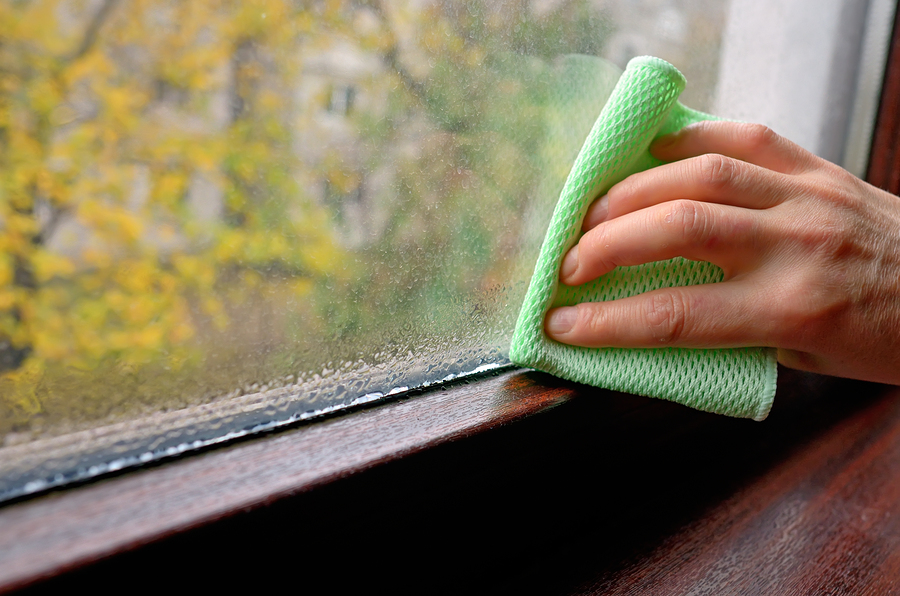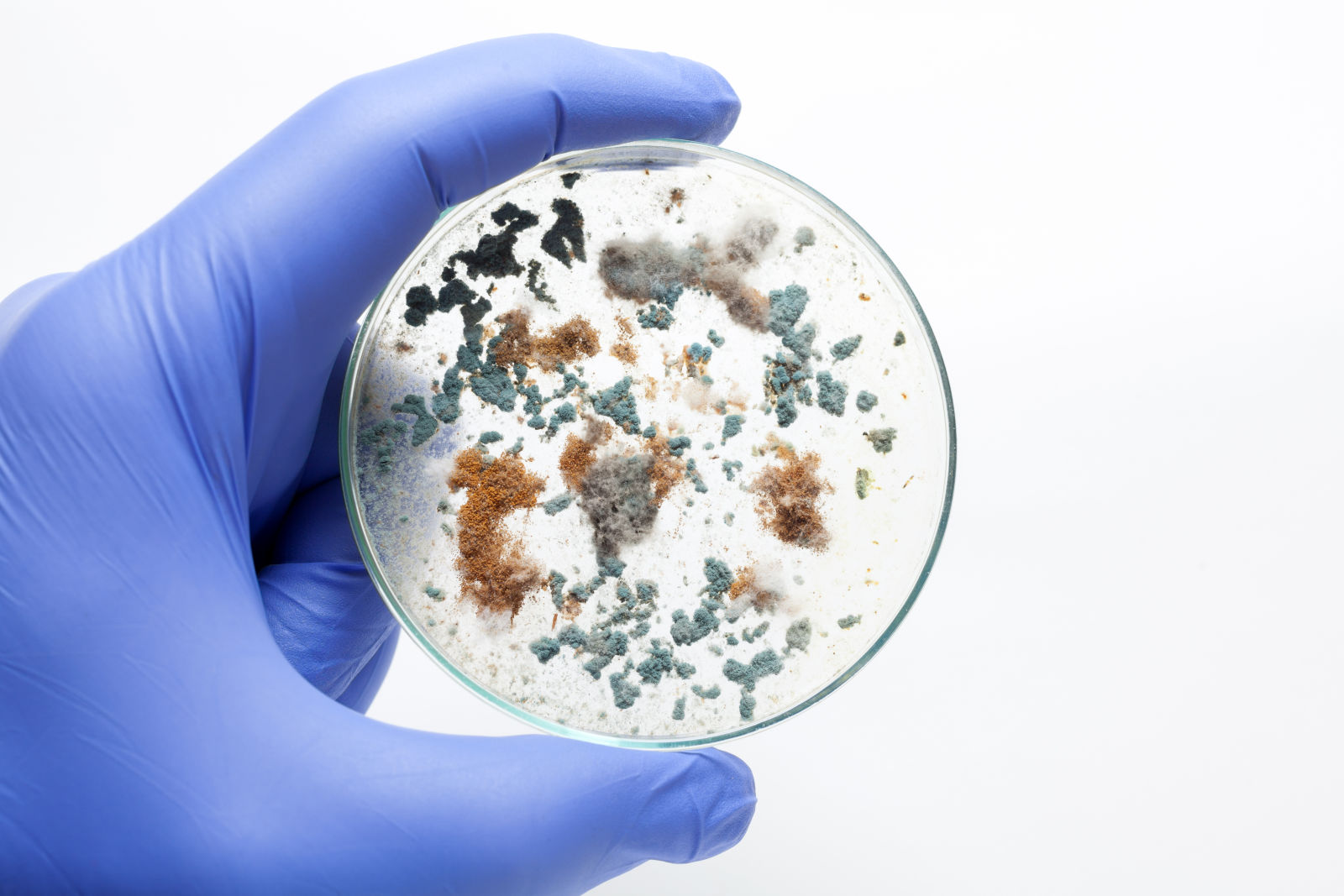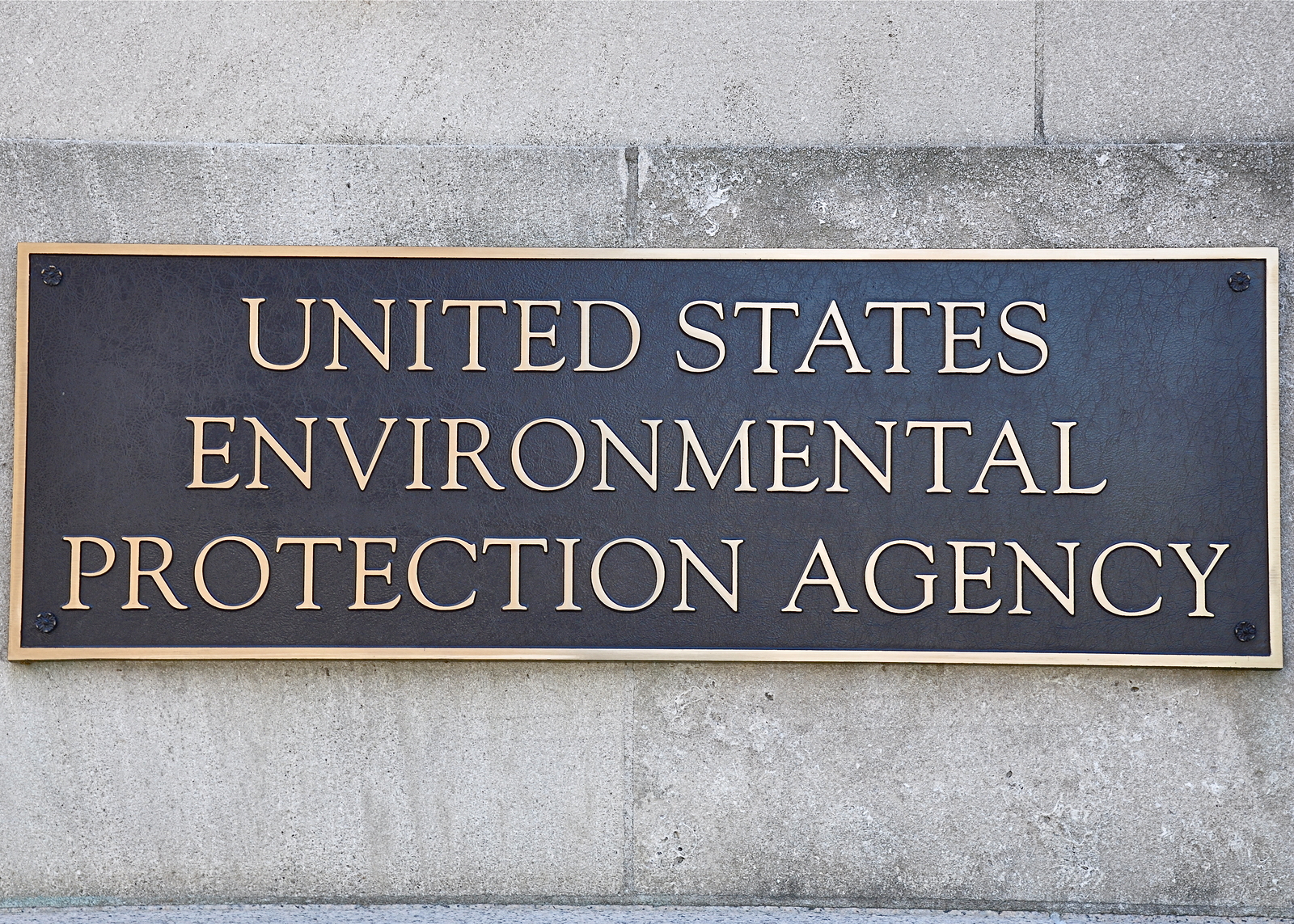Do you or your family members experience sensitivity to exposure to mold? If yes, then it is past time for you to address the mold issue in your home. It’s easy to shut a cabinet or forget about the basement mold with “out of sight – out of mind” mentality, but when a member of…
Mold Assessor
Controlling Moisture – Reducing Mold Risk
Controlling moisture is one of the key foundations to reducing the risk of mold developing in your home. Mold thrives and grows in a damp or moist environment and can lead to health hazards in your home. Act now to reduce and control moisture in your home in order to reduce your risk!
Top 10 Mold Facts
Its finally Spring and we know you’d rather be out enjoying all that April has to offer than sitting inside on your computer. We’ll keep this one short and sweet, read on for our top 10 mold facts!
Preventing Conflict of Interest
Did you know that the NYS Mold Bill enacted January 1, 2016, helps to prevent conflict of interest? That’s right, the new requirements put into place allow one single company to possess licenses in both assessment and remediation, yet restrict them to perform both services to the same property.
Breaking Down the Mold Program
The 2016 Mold Program is responsible for enforcing Article 32 of the New York State Labor Law. Basically, the program establishes licensing requirements and minimum standards for mold assessment and remediation throughout the state. These types of programs can be hard to understand to the average eye, so the professionals here at HNST Mold Inspections…
FREE EPA Webinar
As a mold inspector and assessor, we deal with mold and indoor air quality issues every day. One of our favorite places to go to keep up to date and for information is the U.S. Environmental Protection Agency (EPA). Occasionally the EPA offers free webinars with discussions which are open to professionals as well as…






